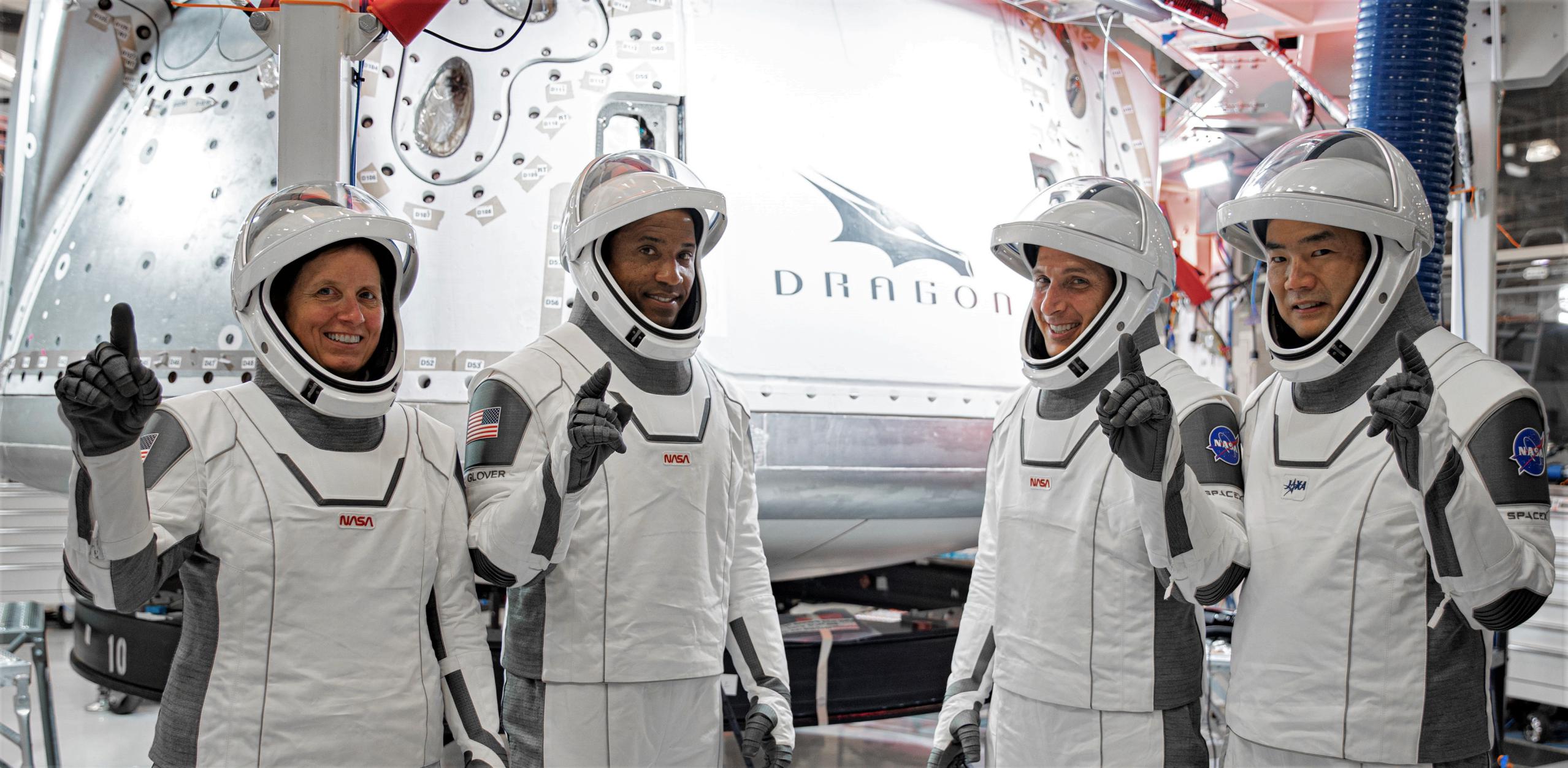

News
SpaceX operational astronaut launch debut back on track after “nail polish” delay
In a new NASA briefing, SpaceX vice president of build and flight reliability Hans Koenigsmann was able to explain in far more detail why a recent last-second Falcon 9 launch abort happened and how it wound up delaying the company’s first operational astronaut launch.
Now scheduled to lift off no earlier than (NET) 7:49 pm EST (00:49 UTC) on Saturday, November 14th, SpaceX’s Crew Dragon Crew-1 mission was originally expected to launch in late September, October 23rd, and October 31st. On October 2nd, however, a new Falcon 9 booster – sibling to Crew-1’s own new booster – automatically aborted its GPS III SV04 satellite launch attempt just two seconds before liftoff. The rare last-second abort was quickly blamed on “unexpected pressure rise in the turbomachinery gas generator” by CEO Elon Musk.
Likely built side-by-side with faulty GPS III SV04 Falcon 9 booster B1062 at SpaceX’s Hawthorne, California factory, Crew-1 Falcon 9 booster B1061 was almost immediately inspected to search for any commonality once the cause of the abort was better understood.
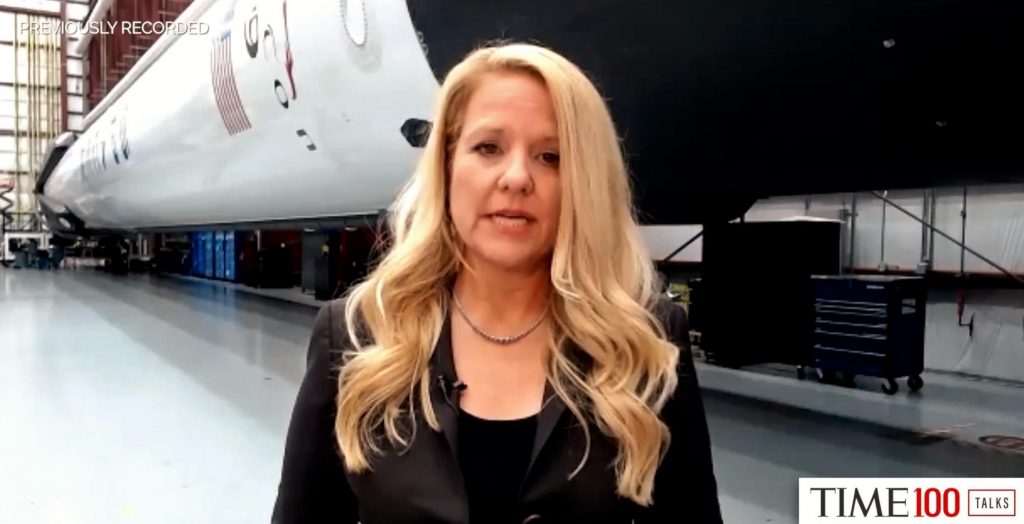
Just one week before the latest briefing, NASA human spaceflight program administrator and former Commercial Crew Program manager Kathy Lueders revealed in a statement on Twitter that SpaceX was still analyzing the cause of the abort but had already determined that at least one Crew-1 booster engine would need to be replaced, as well as one engine on Falcon 9 booster B1063.
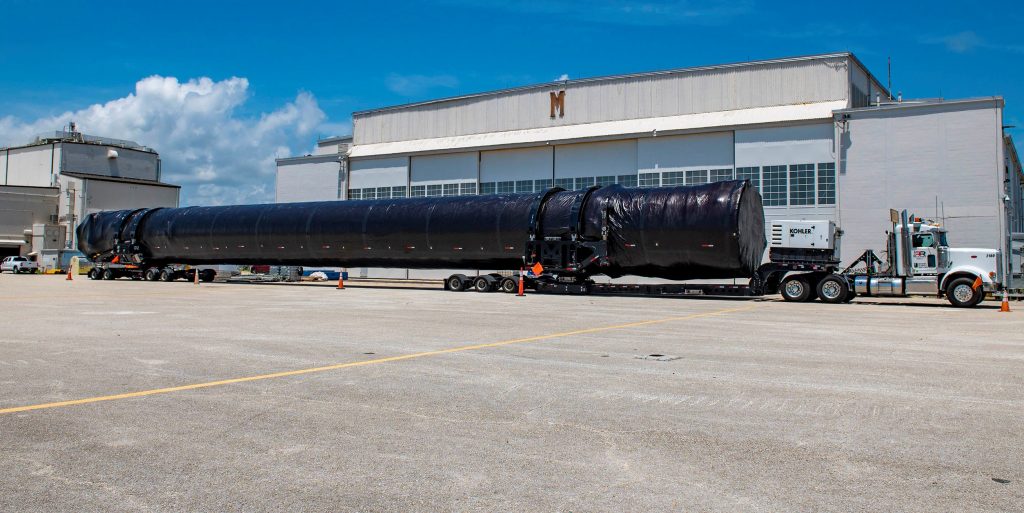
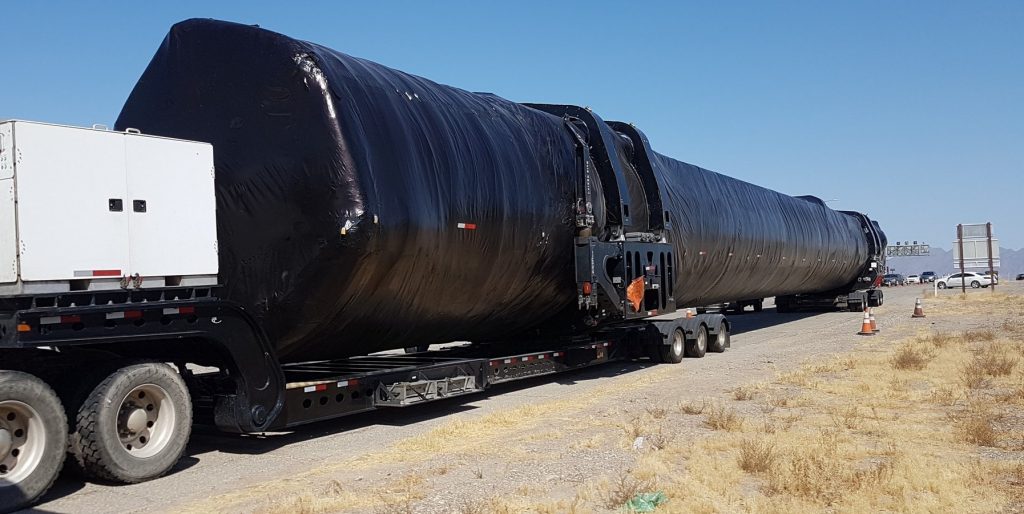
Now, during NASA’s October 28th Crew-1 briefing, SpaceX’s Koenigsmann revealed that the company had ultimately decided to replace not one but two of Crew-1 booster B1061’s nine Merlin 1D engines. Thanks to Falcon 9’s namesake nine-engine booster design and SpaceX’s prolific rocket factory, that process was completed extraordinarily quickly, simply requiring the redirection of already qualified Merlin 1D engines from a fairly large pool. Based on Koenigsmann’s phrasing, SpaceX has already installed both replacement engines on the Crew-1 booster.
What, though, caused GPS III SV04’s launch abort and how did that affect Crew-1?
Rocket engine vs. “nail polish”
According to Koenigsmann, in the course of the rapid and complex mechanical and electrical ballet preceding Falcon 9 first stage ignition, the rocket’s autonomous flight computer observed that two of the GPS III SV04 booster’s nine Merlin 1D engines appeared to be running ahead of schedule, so to speak. The computer immediately halted the ignition process to avoid what could have otherwise been a “hard” (i.e. stressful or damaging) start. SpaceX quickly began inspecting the rocket within 24 hours but was unable to detect anything physically or electrically wrong with Falcon 9’s Merlin 1D engines and engine section.
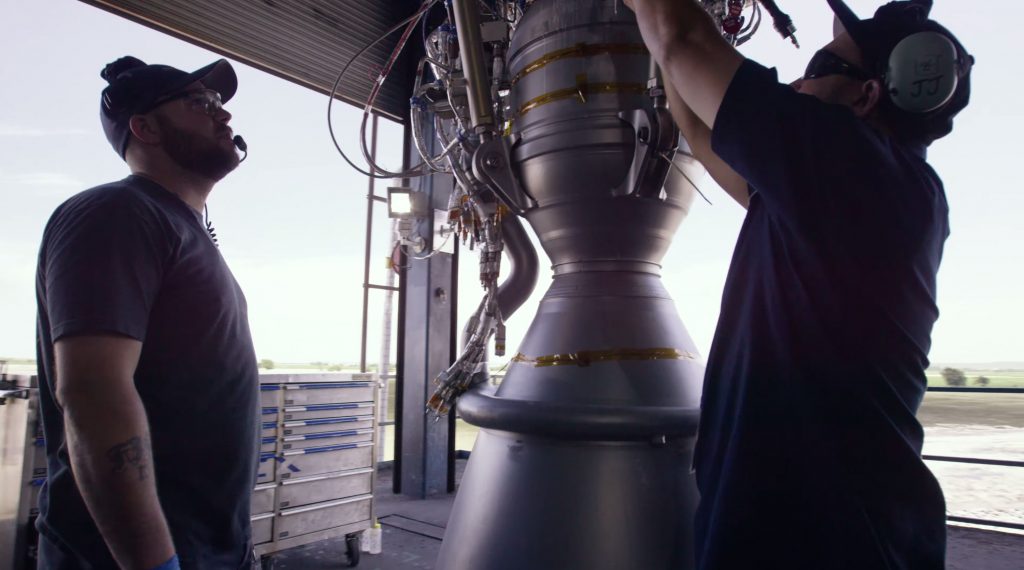
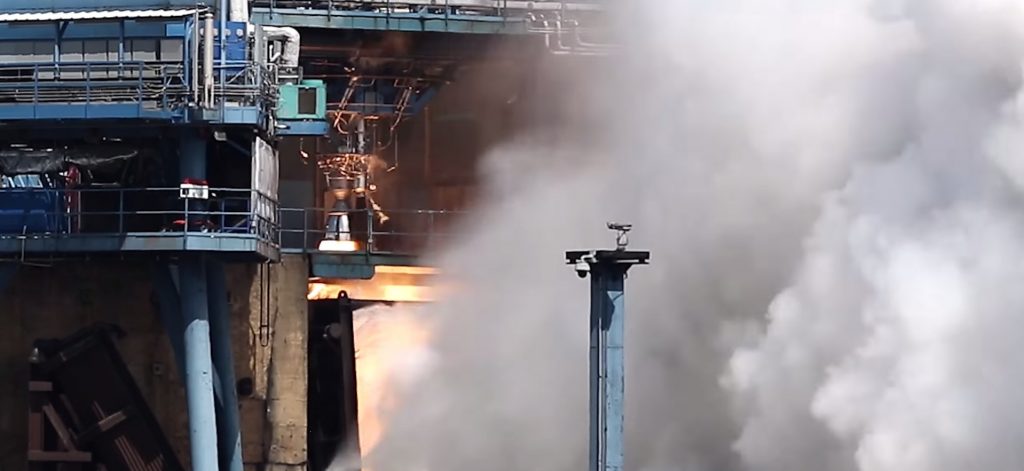
Out of an abundance of caution, SpaceX removed both misbehaving engines and shipped them to its McGregor, Texas development and test facilities where – somewhat miraculously – the same premature startup behavior was replicated on the test stand. After a great deal of increasingly granular inspections, SpaceX finally narrowed the likely cause down to a tiny plumbing line feeding one of the engine’s gas generator relief valves. In a seemingly random subset of relatively new Merlin 1D engines, SpaceX eventually discovered that a supplier-provided relief valve line was sometimes clogged by a protective lacquer Koenigsmann likened to “red nail polish.”
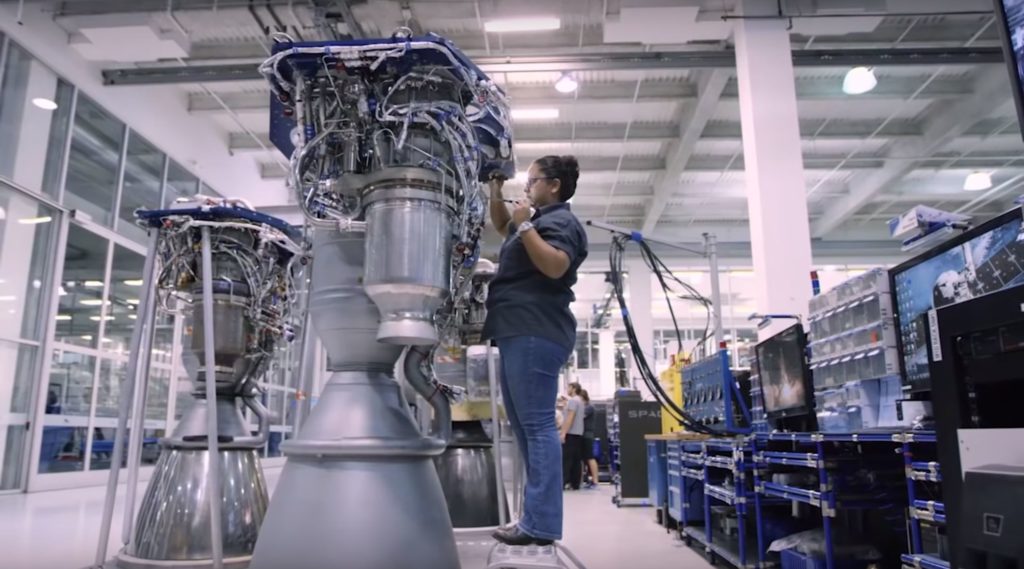
Used to selectively exclude parts of the engine tubing during a surface finishing process known as anodization, the lacquer was either unsuccessfully removed on a random selection of engine parts or was accidentally channeled into a blockage by over-enthusiastic cleaning. Ultimately, for whatever, reason that miniscule blockage was enough to cause affected Merlin 1D engines to consistently attempt to ignite a tiny fraction of a second early.
Crucially, when SpaceX discovered the possible cause and cleaned out the blocked plumbing, each previously affected Merlin 1D engine performed perfectly, all but directly confirming both the cause and the cure for Falcon 9’s October 2nd abort.
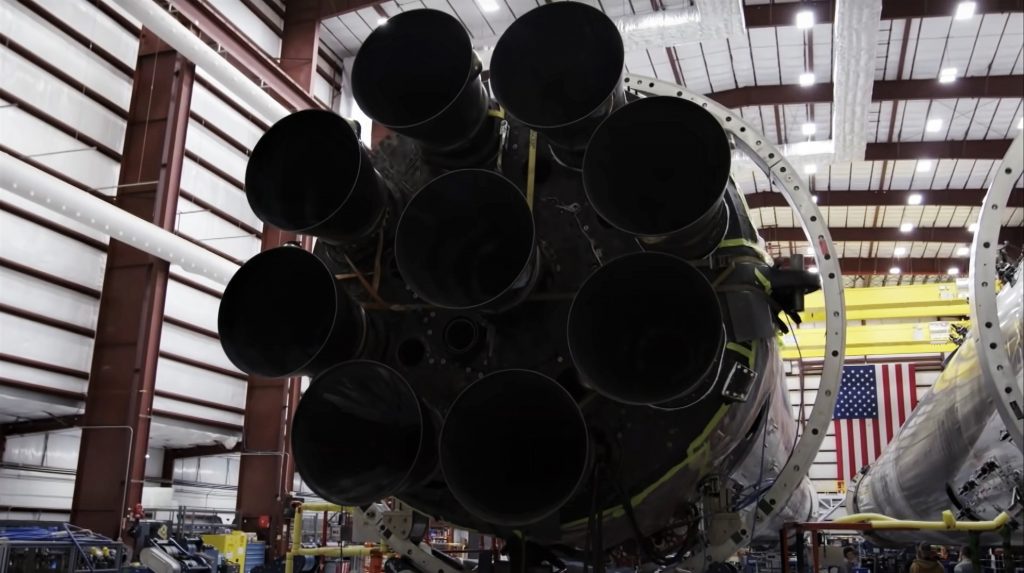
Astronauts enter quarantine
In anticipation of SpaceX seemingly simple solution to the gas generator problem, NASA Commercial Crew Program manager Steve Stich revealed that SpaceX’s Crew-1 mission astronauts – Shannon Walker, Victor Glover, and Mike Hopkins, and JAXA (Japanese) astronaut Soichi Noguchi – had begun routine prelaunch quarantine procedures in anticipation of a November 14th launch.
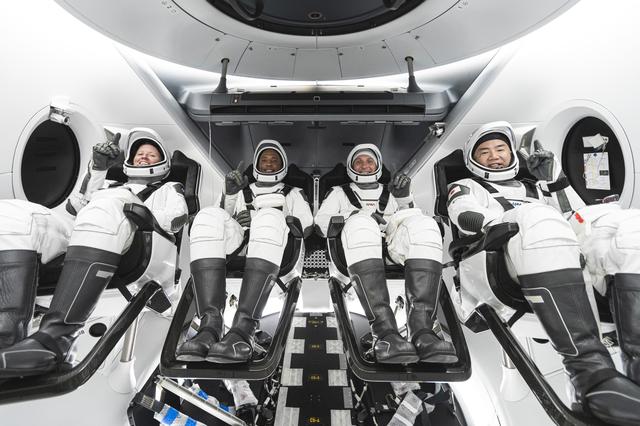

Stich also offered a more specific Crew-1 schedule, beginning with an integrated Falcon 9 and Crew Dragon static fire test NET November 9th and a full dry dress rehearsal on November 11th before the first launch attempt on November 14th. Notably, thanks to coincidental orbital dynamics, a successful launch on November 14th would enable Crew Dragon to raise its orbit and rendezvous with the International Space Station a brisk eight and a half hours after liftoff – three times quicker than the more common 27.5-hour transit.
Stay tuned for updates as the mission’s launch date approaches.
News
Tesla launches in India with Model Y, showing pricing will be biggest challenge
Tesla finally got its Model Y launched in India, but it will surely come at a price for consumers.

Tesla has officially launched in India following years of delays, as it brought its Model Y to the market for the first time on Tuesday.
However, the launch showed that pricing is going to be its biggest challenge. The all-electric Model Y is priced significantly higher than in other major markets in which Tesla operates.
On Tuesday, Tesla’s Model Y went up for sale for 59,89,000 rupees for the Rear-Wheel Drive configuration, while the Long Range Rear-Wheel Drive was priced at 67,89,000.
This equates to $69,686 for the RWD and $78,994 for the Long Range RWD, a substantial markup compared to what these cars sell for in the United States.
🚨 Here’s the difference in price for the Tesla Model Y in the U.S. compared to India.
🚨 59,89,000 is $69,686
🚨 67,89,000 is $78,994 pic.twitter.com/7EUzyWLcED— TESLARATI (@Teslarati) July 15, 2025
Deliveries are currently scheduled for the third quarter, and it will be interesting to see how many units they can sell in the market at this price point.
The price includes tariffs and additional fees that are applied by the Indian government, which has aimed to work with foreign automakers to come to terms on lower duties that increase vehicle cost.
Tesla Model Y seen testing under wraps in India ahead of launch
There is a chance that these duties will be removed, which would create a more stable and affordable pricing model for Tesla in the future. President Trump and Indian Prime Minister Narendra Modi continue to iron out those details.
Maharashtra Chief Minister Devendra Fadnavis said to reporters outside the company’s new outlet in the region (via Reuters):
“In the future, we wish to see R&D and manufacturing done in India, and I am sure at an appropriate stage, Tesla will think about it.”
It appears to be eerily similar to the same “game of chicken” Tesla played with Indian government officials for the past few years. Tesla has always wanted to enter India, but was unable to do so due to these import duties.
India wanted Tesla to commit to building a Gigafactory in the country, but Tesla wanted to test demand first.
It seems this could be that demand test, and the duties are going to have a significant impact on what demand will actually be.
Elon Musk
Tesla ups Robotaxi fare price to another comical figure with service area expansion
Tesla upped its fare price for a Robotaxi ride from $4.20 to, you guessed it, $6.90.

Tesla has upped its fare price for the Robotaxi platform in Austin for the first time since its launch on June 22. The increase came on the same day that Tesla expanded its Service Area for the Robotaxi ride-hailing service, offering rides to a broader portion of the city.
The price is up from $4.20, a figure that many Tesla fans will find amusing, considering CEO Elon Musk has used that number, as well as ’69,’ as a light-hearted attempt at comedy over the past several years.
Musk confirmed yesterday that Tesla would up the price per ride from that $4.20 point to $6.90. Are we really surprised that is what the company decided on, as the expansion of the Service Area also took effect on Monday?
But the price is now a princely $6.90, as foretold in the prophecy 😂
— Elon Musk (@elonmusk) July 14, 2025
The Service Area expansion was also somewhat of a joke too, especially considering the shape of the new region where the driverless service can travel.
I wrote yesterday about how it might be funny, but in reality, it is more of a message to competitors that Tesla can expand in Austin wherever it wants at any time.
Tesla’s Robotaxi expansion wasn’t a joke, it was a warning to competitors
It was only a matter of time before the Robotaxi platform would subject riders to a higher, flat fee for a ride. This is primarily due to two reasons: the size of the access program is increasing, and, more importantly, the service area is expanding in size.
Tesla has already surpassed Waymo in Austin in terms of its service area, which is roughly five square miles larger. Waymo launched driverless rides to the public back in March, while Tesla’s just became available to a small group in June. Tesla has already expanded it, allowing new members to hail a ride from a driverless Model Y nearly every day.
The Robotaxi app is also becoming more robust as Tesla is adding new features with updates. It has already been updated on two occasions, with the most recent improvements being rolled out yesterday.
Tesla updates Robotaxi app with several big changes, including wider service area
News
Tesla Model Y and Model 3 dominate U.S. EV sales despite headwinds
Tesla’s two mainstream vehicles accounted for more than 40% of all EVs sold in the United States in Q2 2025.

Tesla’s Model Y and Model 3 remained the top-selling electric vehicles in the U.S. during Q2 2025, even as the broader EV market dipped 6.3% year-over-year.
The Model Y logged 86,120 units sold, followed by the Model 3 at 48,803. This means that Tesla’s two mainstream vehicles accounted for 43% of all EVs sold in the United States during the second quarter, as per data from Cox Automotive.
Tesla leads amid tax credit uncertainty and a tough first half
Tesla’s performance in Q2 is notable given a series of hurdles earlier in the year. The company temporarily paused Model Y deliveries in Q1 as it transitioned to the production of the new Model Y, and its retail presence was hit by protests and vandalism tied to political backlash against CEO Elon Musk. The fallout carried into Q2, yet Tesla’s two mass-market vehicles still outsold the next eight EVs combined.
Q2 marked just the third-ever YoY decline in quarterly EV sales, totaling 310,839 units. Electric vehicle sales, however, were still up 4.9% from Q1 and reached a record 607,089 units in the first half of 2025. Analysts also expect a surge in Q3 as buyers rush to qualify for federal EV tax credits before they expire on October 1, Cox Automotive noted in a post.
Legacy rivals gain ground, but Tesla holds its commanding lead
General Motors more than doubled its EV volume in the first half of 2025, selling over 78,000 units and boosting its EV market share to 12.9%. Chevrolet became the second-best-selling EV brand, pushing GM past Ford and Hyundai. Tesla, however, still retained a commanding 44.7% electric vehicle market share despite a 12% drop in in Q2 revenue, following a decline of almost 9% in Q1.
Incentives reached record highs in Q2, averaging 14.8% of transaction prices, roughly $8,500 per vehicle. As government support winds down, the used EV market is also gaining momentum, with over 100,000 used EVs sold in Q2.
Q2 2025 Kelley Blue Book EV Sales Report by Simon Alvarez on Scribd
-

 News3 days ago
News3 days agoTesla debuts hands-free Grok AI with update 2025.26: What you need to know
-

 Elon Musk1 week ago
Elon Musk1 week agoElon Musk confirms Grok 4 launch on July 9 with livestream event
-

 Elon Musk5 days ago
Elon Musk5 days agoxAI launches Grok 4 with new $300/month SuperGrok Heavy subscription
-

 News2 weeks ago
News2 weeks agoTesla Model 3 ranks as the safest new car in Europe for 2025, per Euro NCAP tests
-

 Elon Musk2 weeks ago
Elon Musk2 weeks agoxAI’s Memphis data center receives air permit despite community criticism
-

 News5 days ago
News5 days agoTesla begins Robotaxi certification push in Arizona: report
-

 Elon Musk2 weeks ago
Elon Musk2 weeks agoTesla reveals it is using AI to make factories more sustainable: here’s how
-

 Elon Musk2 weeks ago
Elon Musk2 weeks agoTesla scrambles after Musk sidekick exit, CEO takes over sales
















